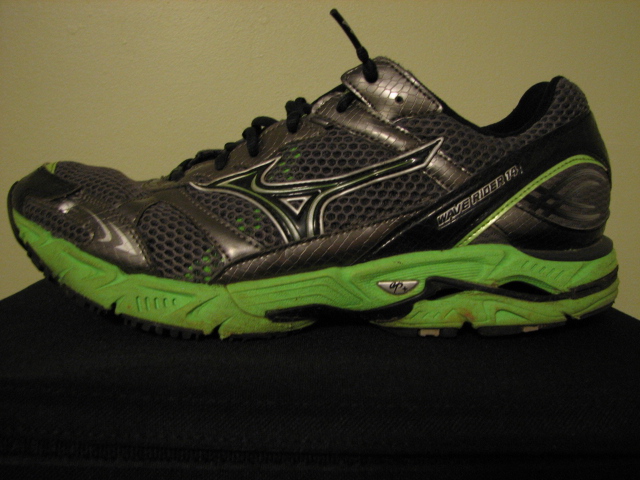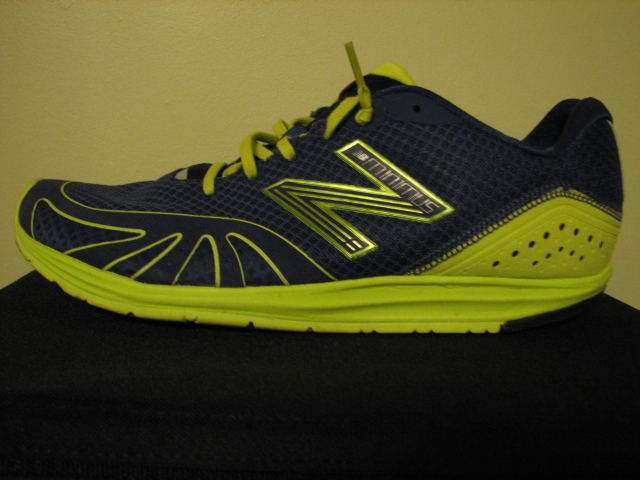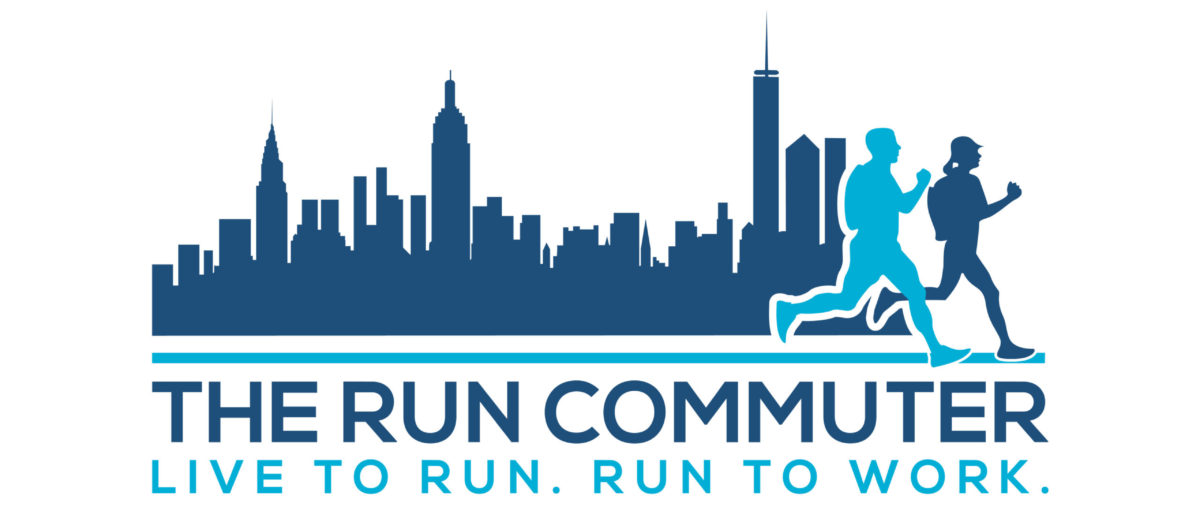Everyone is crazy about minimal shoes these days and running companies have responded by coming out with many new shoes this year to meet the desires of the running public. Here at The Run Commuter, we have been running in several models for a while now and so, I thought we could talk about the Transition Period.
For those that don’t already know, minimal shoes differ from normal running shoes in a few important ways:
1) Less material = Lighter and more flexible
2) Heel-toe drop is small or zero
3) Little or no arch support
There are several popular transitioning techniques and regimens, such as running barefoot, slow mileage buildup, mixing running in your regular shoes with running in minimal shoes, etc. However, most runners do not want to sacrifice their current mileage or speed to get to the point where they are running in minimal shoes 100% of the time. As a result, they end up with stress fractures or other injuries.
For those of us who regularly run to and from work, our transition options are fewer, since we don’t all have the option of running tiny distances and still making it all the way to work another way. You could carry an additional pair of shoes and switch out near the end of your commute, but it’s a real pain in the ass. No runner wants to be injured either, so what’s a run commuter to do?
I’ve been transitioning now for several months without sacrificing distance. My speed has suffered a little, though I’m not sure if it is from the shoes or the ridiculously high temps and dew point we’ve had so far this summer. The changeover has been slow, but it’s been injury free so far. Here are the two changes I’ve made:
1) Cadence change to 180 steps per minute
2) Change shoes every few months to one with a smaller heel-toe drop
I’ve been a pretty solid Mizuno user for a couple of years now. Most recently, I was wearing the Mizuno Wave Rider 14’s, but I had a pair of New Balance MT100’s sitting around, practically unused, that I had bought the year before for trail running. So, one morning I decided I was going to start running in them.
I liked the feel of them so much after a couple of hundred miles, I decided to get something more appropriate for the road and picked up a pair of the New Balance Minimus MR10’s. Now, they are what I run in everyday.
When I started focusing on a shoe’s heel-toe drop, I took a look at how my shoes looked compared to each other. Here’s what I found:
[fusion_builder_container hundred_percent=”yes” overflow=”visible”][fusion_builder_row][fusion_builder_column type=”1_1″ background_position=”left top” background_color=”” border_size=”” border_color=”” border_style=”solid” spacing=”yes” background_image=”” background_repeat=”no-repeat” padding=”” margin_top=”0px” margin_bottom=”0px” class=”” id=”” animation_type=”” animation_speed=”0.3″ animation_direction=”left” hide_on_mobile=”no” center_content=”no” min_height=”none”]
[/fusion_builder_column][fusion_builder_column type=”1_1″ background_position=”left top” background_color=”” border_size=”” border_color=”” border_style=”solid” spacing=”yes” background_image=”” background_repeat=”no-repeat” padding=”” margin_top=”0px” margin_bottom=”0px” class=”” id=”” animation_type=”” animation_speed=”0.3″ animation_direction=”left” hide_on_mobile=”no” center_content=”no” min_height=”none”]
[/fusion_builder_column][fusion_builder_column type=”1_1″ background_position=”left top” background_color=”” border_size=”” border_color=”” border_style=”solid” spacing=”yes” background_image=”” background_repeat=”no-repeat” padding=”” margin_top=”0px” margin_bottom=”0px” class=”” id=”” animation_type=”” animation_speed=”0.3″ animation_direction=”left” hide_on_mobile=”no” center_content=”no” min_height=”none”]
My transition included a gradual decrease not in distance, but in the heel-toe drop. I went from 14mm to 10mm to 4mm over a period of about four months. Coupled with the change in cadence, my form adjusted gradually as well. And, without injuries (at least so far).
I actually found someone else promoting this method while researching this post. Inov-8, a kick-ass shoe company, has a handy chart and a handful of shoes to aid you in this type of transition.
The obvious downside to this technique is that it can be costly. You may have to buy a new pair of shoes every three or four months. However, for serious runners, you are probably already doing that anyway.
The upside though, can be an injury-free transition to a more natural running form without changing up your daily run commute! You will still want to listen to your body with any change in footwear as it will usually let you know you’re doing something wrong or need to make a change.
Have you tried a similar transition method? Let us know![/fusion_builder_column][/fusion_builder_row][/fusion_builder_container]


3 thoughts on “Technique: Transitioning to Minimal Running Shoes”